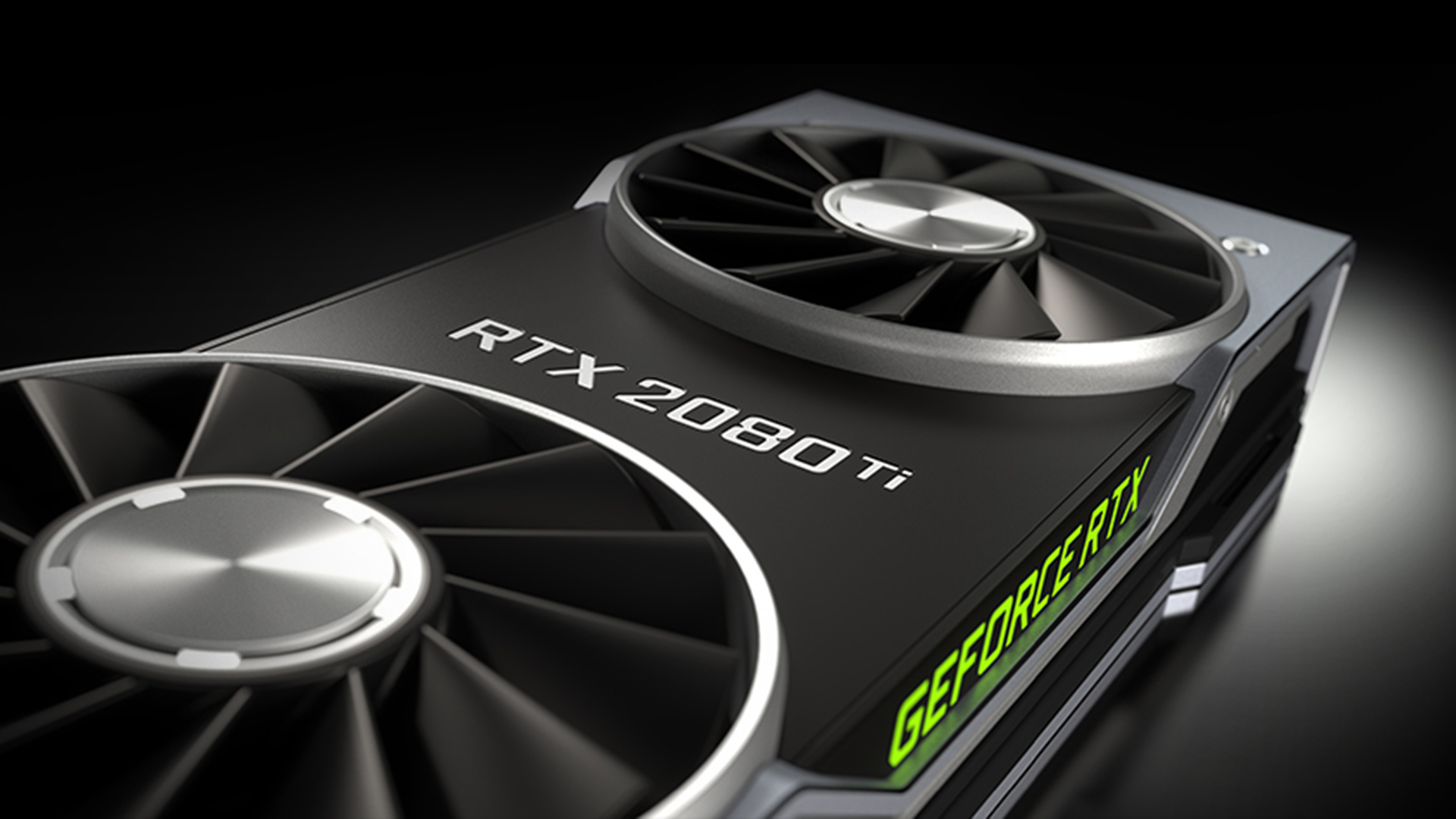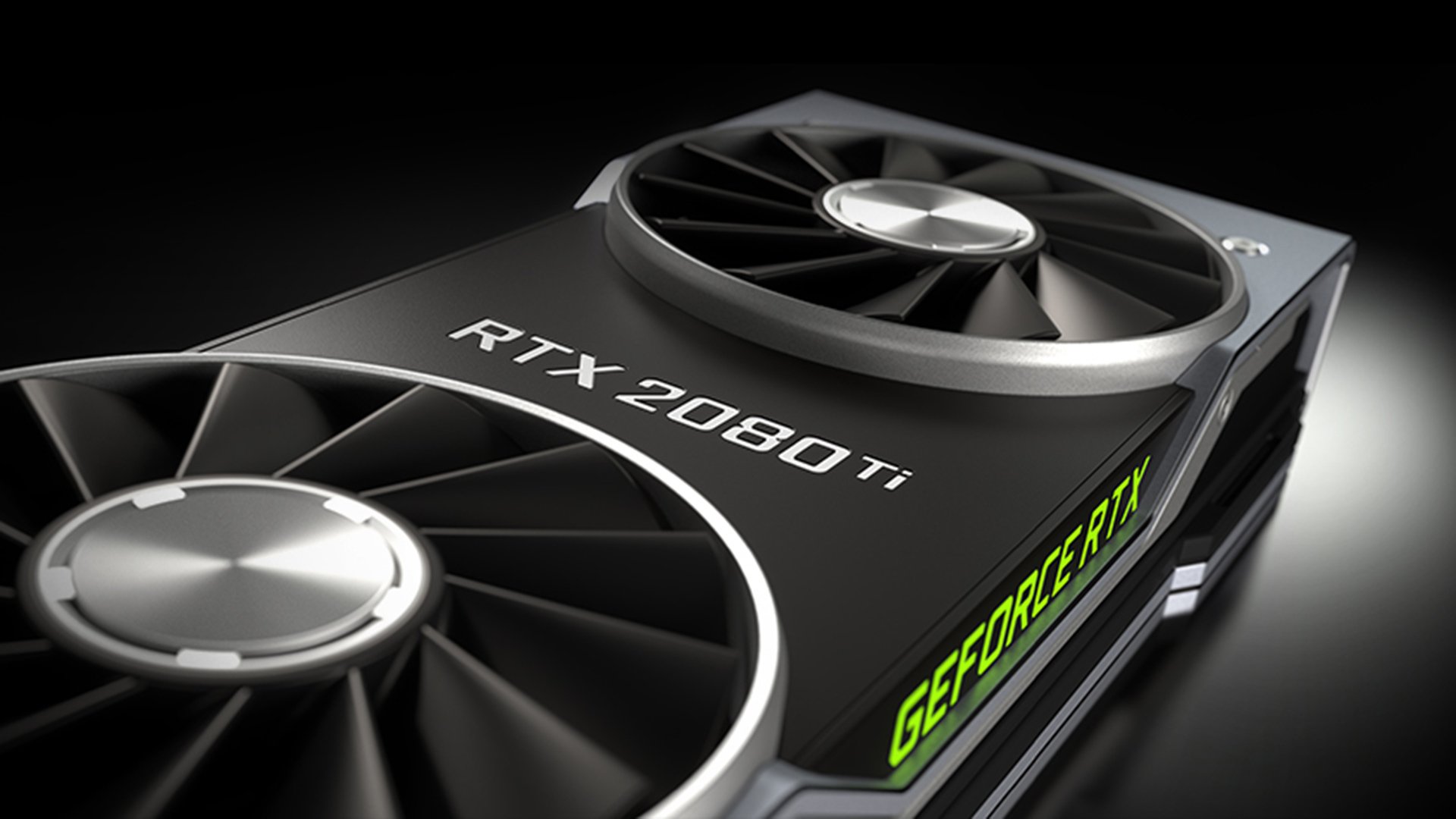

We take a look at what's forthcoming in 2019 for that all that's important in graphics processing.
GPUs (Desktop and laptop)
In an ideal world we would sum up the 2019 graphics market in a snappy phrase such as ‘2019 is the year Ray Tracing becomes a reality’ however this would be dangerously optimistic. A more realistic statement would be something like ‘In 2019 Nvidia will continue to lay the ground work for Ray Tracing that will produce results over the next few generations of graphics’.
The timeline here is that Nvidia launched Turing RTX 2080/2080 Ti in September 2018 however the Ray Tracing part simply did not work in Windows 10 until Microsoft updated DX12 in October.
In December we saw an update to Battlefield 5 that meant we were finally able to play a game with an element of Ray Tracing, provided you owned an RTX graphics card and your version of Windows 10 was updated to include DX 12R, however the workload hurt performance and frame rates to a significant extent.
Battlefield 5 was updated once again to reduce the Ray Tracing hit and restore performance. We have yet to see an update for Shadow of the Tomb Raider that adds Ray Tracing. It seems clear that Nvidia DLSS (Deep Learning Super-Sampling) is essential to offset the impact of Ray Tracing, so games developers are dependant on driver releases from Nvidia to make the system work satisfactorily.
The point here is that Nvidia launched Turing in 2018, however that is the first step in the process. Developers now have the hardware and can start working on the future and this will be a multi-year project that transforms PC graphics.
Returning to the here and now, what can we expect in 2019?
Let’s start with mobile where Intel dominates the laptop market with thin and light models that rely on the graphics core that is integrated in the CPU. Provided the graphics can power the screen, play movies and move windows around when you shop on Amazon, the main thrust is low power draw and things will continue here in 2019 in much the same way they did in 2018. If Intel unveils a new integrated graphics core that is noticeably different to the existing hardware we shall be truly surprised.
We have no expectation that AMD will deliver a killer mobile chip this year, although that would be really good news for consumers. Instead we expect that gaming laptops and mobile workstations will continue to rely on Nvidia silicon that has recently been updated from GTX 10xx Pascal to RTX 20xx Turing. Nvidia launched desktop RTX 2080 and 2070 before Christmas and rounded out the stack at CES with RTX 2060. Nvidia also announced mobile versions of those three GPUs for laptops at CES and those parts will be available in new laptops in the very near future, however right now we have no idea how performance will change from a laptop with GTX 1080 to one that uses RTX 2080.
With mobile Pascal Nvidia introduced the concept of Max-Q for laptops where the number of CUDA cores are maintained and the clock speed is reduced to keep power and heat within a chosen envelope. This same approach will be used with mobile RTX graphics and we expect we will need to pay close attention as laptops manufacturers will doubtless trumpet the RTX 2080 or 2070 part of the specification without dwelling on whether it is Max-Q or Max-P (Performance).
On the desktop Nvidia has jacked up prices steadily over the years such that Titan RTX costs £2,400, RTX 2080 Ti is crazy expensive (£1,100-£1,300), RTX 2080 is very pricey (£700-£900), RTX 2070 is steep (£500-£600) and RTX 2060 costs £350-£450. The benefits of Ray Tracing are questionable on anything less than RTX 2080 as you need an immense amount of graphics power to drive the system along. Nvidia argues that its DLSS (Deep Learning Super-Sampling) technology will offset the Ray Tracing hit so we need to wait and see what later driver releases bring. As things stand the Ray Tracing elements of RTX 2070 and 2060 are irrelevant so it is welcome that we hear rumours Nvidia will launch junior graphics cards, perhaps called GTX 1660Ti and GTX 1660. These will replace GTX 1060 as the channel is cleared of inventory and will cost less than US$300, which fills an obvious gap at the lower end of the Nvidia product stack.
There is a big question mark over AMD’s plans for graphics in 2019. We are waiting to see the new Navi GPU that is expected to perform on a level with GTX 1080 or, possibly, RTX 2080, although it will not have Ray Tracing. Navi will be fabricated on TSMC’s 7nm process but details are very thin on the ground.
And it is late.
We expected that AMD would debut Navi at CES 2019 but instead they announced Radeon VII which is a repurposed data centre graphics card that is a 7nm die shrink of Vega with a price of US$699. It is fairly clear that Radeon VII was intended to gloss over the absence of Navi ‘We said we would launch a 7nm GPU, but we didn’t say which 7nm GPU.’
It is unlikely that a single GPU will be able to mount an attack on an entire product stack and we doubt that Radeon VII will gain much market share from Nvidia. On the plus side Radeon VII probably cost AMD a tiny amount of money to produce but the downside is that we want to see Navi. And we want Navi to perform at a suitable level that it offers gamers a decent choice of graphics cards. And we want Navi to be sensibly priced.
In particular we want AMD to drive prices downwards as a way of grabbing market shared and we want to see Nvidia responding with their own price cuts, however that behaviour would be unexpected. Nvidia has learned from Apple and works hard to maintain prices so we have to hope that AMD can respin Navi at TSMC and fix the problems quickly and with the minimum of fuss.
We have no great hope that AMD can compete on a level playing field with Nvidia but most gamers don’t want to spend a fortune on an ultra-high end graphics card. Instead they want a sensibly priced GPU that will do a decent job, and Navi may fit that particular bill in 2019. Reaching further out to the next generation of graphics we see that Nvidia is working to own the Ray Tracing market which seems ominous for AMD. Right now we need AMD to produce Navi just as soon as possible.
Tags: Technology


Comments